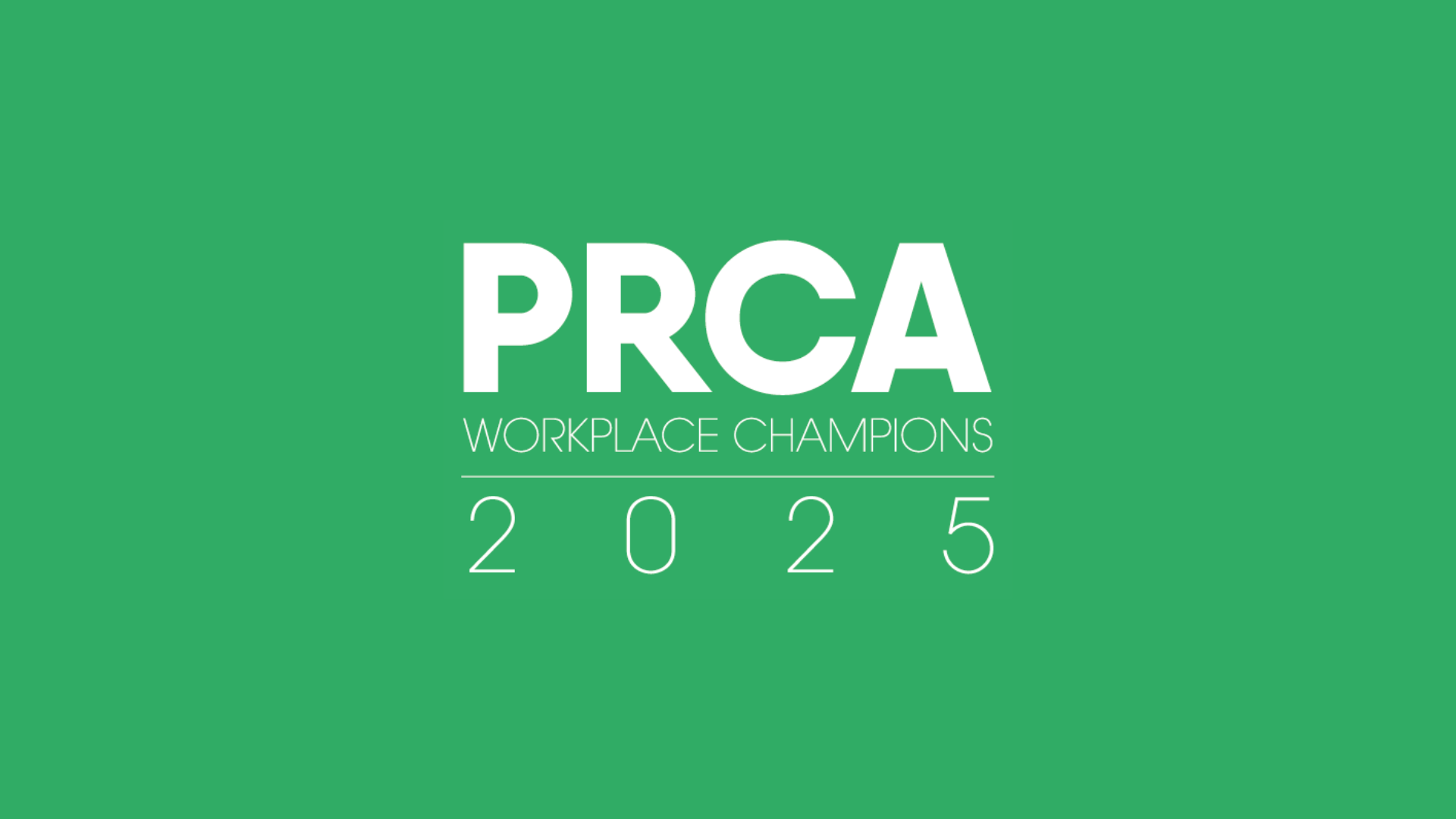A demand generation strategy focuses on increasing the mental market share of your brand and demand for your product or service. It’s less about generating leads, and more about driving awareness and then converting it through the funnel.
Recent research from the B2B Institute suggests that only 16% of prospects for B2B organisations are hit by both marketing and sales. Good demand generation is nothing more complicated than putting your business in the right place, at the right time, to reach the right audience, in a way that will eventually create promising leads.
In the ever-changing landscape of B2B technology, where innovation is fast, competition is fierce and the market can be somewhat volatile, crafting an effective demand generation strategy can truly make or break a company’s success. Unlike B2C markets, where buying decisions are often impulsive or emotionally driven, B2B transactions typically involve longer sales cycles and multiple decision-makers. As such, a well-crafted demand generation strategy, tailored to the unique needs and behaviours of B2B buyers, is paramount.
A good demand generation strategy covers every interaction that potential customers or clients have with a business, from initially discovering the business, learning more, and eventually entering a sales process as a qualified lead. For this reason, it’s crucial that each element of this process is carefully planned and considered to ensure success.
So, what are the key elements that equal a successful demand generation strategy for B2B tech?
The keys to success
- Have clear messaging and positioning – Before any activity begins, understanding and articulating your business’ messaging, value proposition and tone of voice is crucial. Think about how it compares to others in the market too.
- Get to grips with your audience – Understanding your target market is foundational to any successful strategy. For B2B tech, this involves identifying who the key decision-makers are within a business, understanding their pain points and mapping their common buyer journey from discovery to appointing a provider.
- Carefully create a content strategy – High-quality and highly relevant content serves as the cornerstone for B2B tech demand generation strategies. It helps potential clients to self-discover, self-educate or self-select potential suppliers. It’s crucial your content truly resonates with your target audience.
- Utilise an integrated, multi-channel approach – Once you’ve planned content themes and topics, it’s time to create a multi-channel approach for distributing content. That may be a combination of blogs, whitepapers, webinars, case studies, social media, media interviews, email marketing or even outdoor advertising. What’s important is that your content reaches your audience in the place they normally or frequently consume content, utilising multiple channels, to maximise reach and engagement.
- Nurture leads – Given the complexity and often varied nature of B2B sales cycles, lead nurturing is essential. Personalised, timely content to prospects can be a gamechanger, helping to build trust and credibility and ultimately guiding them towards assigning a provider.
Measuring success
Measuring and evaluating the success of a B2B tech demand generation strategy requires a combination of both quantitative and qualitative metrics. Metrics to consider include:
- Lead quality and quantity – The volume and quality of leads are a great indicator of the effectiveness of your demand generation efforts. Metrics such as lead-to-opportunity ratio and lead scoring based on predetermined criteria help to accurately measure the quality of leads generated.
- Conversion rates – Tracking conversion rates is another effective method of measuring success. It’s particularly important to measure conversion rates at each and every stage of the sales funnel, to identify bottlenecks and areas for optimisation. Metrics such as conversion rate by channel and conversion rate by campaign provide actionable insights into the performance of specific initiatives.
- Customer Acquisition Cost (CAC) – Calculating the cost of acquiring a new customer compared to the revenue generated from that customer provides a clear indicator of the efficiency of your demand generation efforts.
- ROI analysis – ROI analysis is the ultimate way of measuring the success of a demand generation strategy. Conducting regular ROI analysis on a granular level, including for individual campaigns and channels, can also help to reallocate resources where necessary and optimise budgets.
Consistent evaluation and adaptation
It’s important to remember that a successful demand generation strategy is not a one-time thing – it requires continuous evaluation, optimisation and adaptation. Be sure to regularly monitor key metrics, speak to your prospects and customers, and keep on top of industry trends to stay ahead of the curve and maintain a competitive edge.
In summary…
Crafting a successful B2B tech demand generation strategy requires strong messaging and brand purpose, a deep understanding of the target audience, a multi-channel approach, and a focus on delivering valuable content in the right format for your prospects. By measuring key metrics and leveraging analytics tools, marketers can continually refine their strategies to drive sustainable growth and success in the ever-evolving B2B technology landscape.















